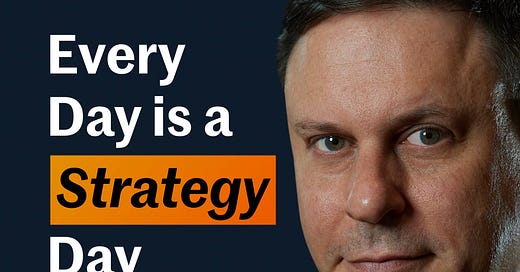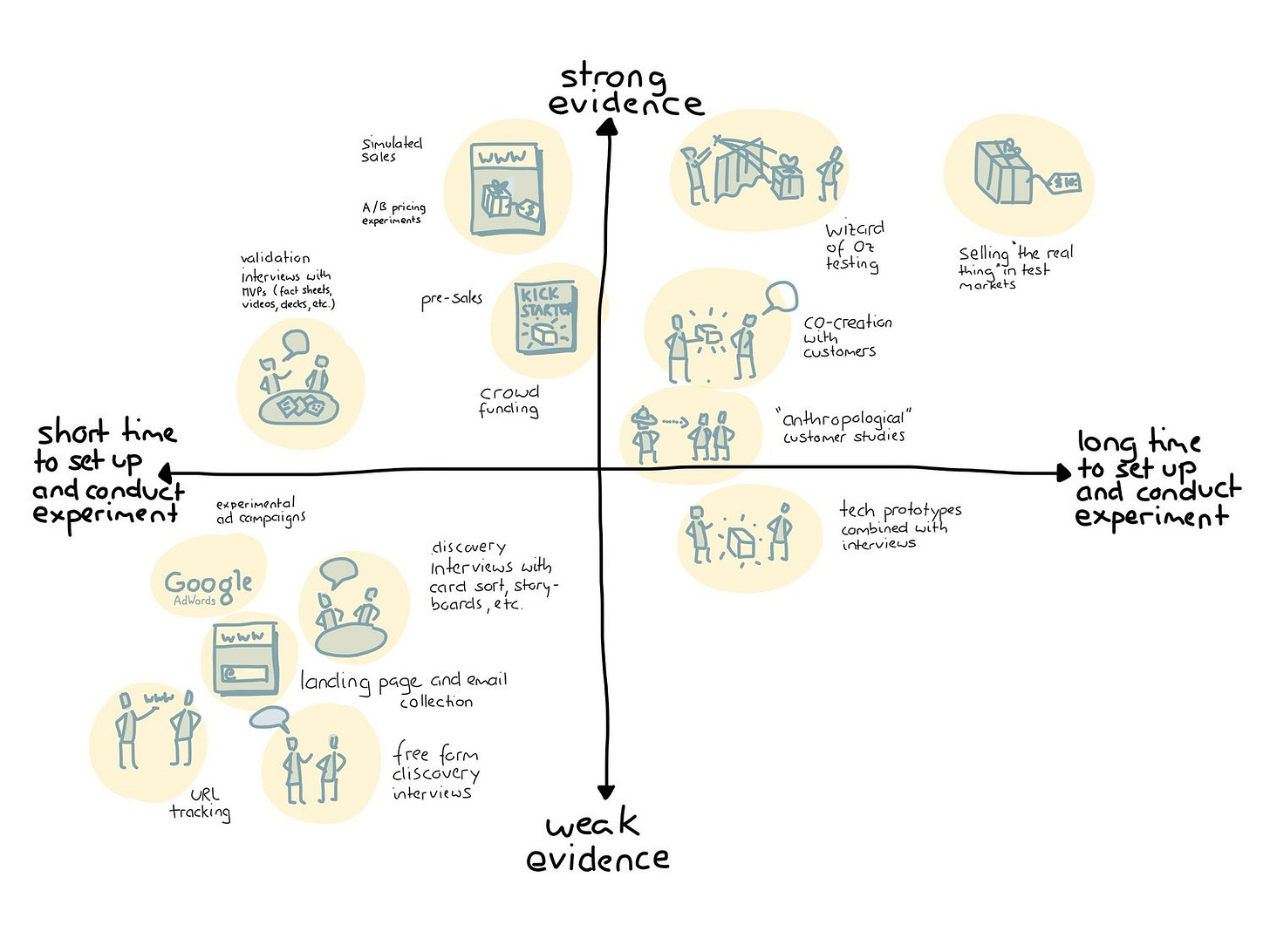Think.
Experimentation is a term we use a lot in business, don’t we? But how well do we practise it? Rather than betting the house on a new product, service, or strategy, we craft experiments to test whether our views are correct before we launch it or change an aspect of it.
But often we talk about it loosely. Being experimental is much more about a culture of trying something new or being open to ideas (although it’s a good foundation!).
The Britannica Dictionary defines it as
‘a scientific test in which you perform a series of actions and carefully observe their effects in order to learn about something.’
Here’s what often goes wrong:
We limit experiments to a function like innovation or R&D.
We reserve experiments for specialists, missing out on expertise and sponsorship from others who are critical if you want to scale a solution.
We focus on the result of the experiment not it’s learning.
We don’t invest sufficient resources to make it work.
Companies like Microsoft, Amazon, Booking.com, Pixar, Lego, and P&G have created a culture and system of experimentation, running hundreds if not thousands of experiments at any one time. There’s no good designing an experiment if you can’t process the results. Or if the experiment does help generate learning that the emerging strategy is interested in.
It’s based on:
Focusing on strategic issues for the business.
Identifying hypotheses you need to test.
Building and empowering a team.
Designing the experiment with learning in mind.
Running the experiment against a control.
Learning from the results and applying (or not) them in the business.
Listen.
I thought our discussion my Lancefield on the Line podcast of how Scott D. Anthony about disruptive innovation was particularly insightful when we talked about how to experiment. Here’s what he said:
“You have to learn experimentally; that is the only way you can do it. If people are waiting for a perfectly formed disruptive strategy, it's never going to work. But if they are willing to experiment and learn their way to success, then they at least have a chance."
And
“The basic idea is to be like a scientist. What do good scientists do when they face uncertainty? They say, well, I don't know for sure. So I'm going to form a hypothesis, what I expect will happen. I'm going to design an experiment with very clear objectives, setting out what I hope to learn from it even if I have no idea what's going to happen. I'm going to make a prediction, because making a prediction will force me to learn. And then I'm going to execute in a way in which I can measure that prediction and then do something with what I have measured.”
Visualise.
Alex Osterwalder, Co-founder and CEO of Strategzer, reminds us in this post that not all experiments are made equal; there’s a trade-off between easy of design and implement and the quality of the evidence you generate:
Read.
Stefan Homke’s book ‘Experimentation Works: The Surprising Power of Business Experiments’ and his HBR article on building a culture of experimentation emphasises the power of using real numbers:
“When you can measure what you are speaking about and express it in numbers, you know something about it; but when you cannot measure it, when you cannot express it in numbers, your knowledge is of meagre and unsatisfactory kind.”
Challenge yourself.
Figure out something you want to learn more about – your customers, employees, products, or leadership team. Focus on the biggest problem or obstacle you’re facing. Set out very clear objectives for the experiment. Put your best people on it. And back them.
Strategy Shift.
I enjoyed being a guest on Marilise de Viller’s ROAR podcast. I talked about the power of:
Embracing Small, Meaningful Changes: Strategic shifts don’t always require sweeping transformations; sometimes the smallest adjustments can create the biggest impact.
Nurturing resilience: how to build our mental and physical strength by practising self-care, whether through like intentional movement, balanced diet, and meaningful connections.
Balancing Introspection and Action: prioritising time for proper reflection on what you’re thinking and feeling before considering the best action to take.
You can listen and watch the episode here. I was grateful for Marilise for asking such incisive questions and creating such a warm, safe space for me to share my perspectives – it’s a rare gift.
***
That’s all for this edition. Thanks for reading Every Day is a Strategy Day!
Subscribe for free to receive new posts and support my work.





